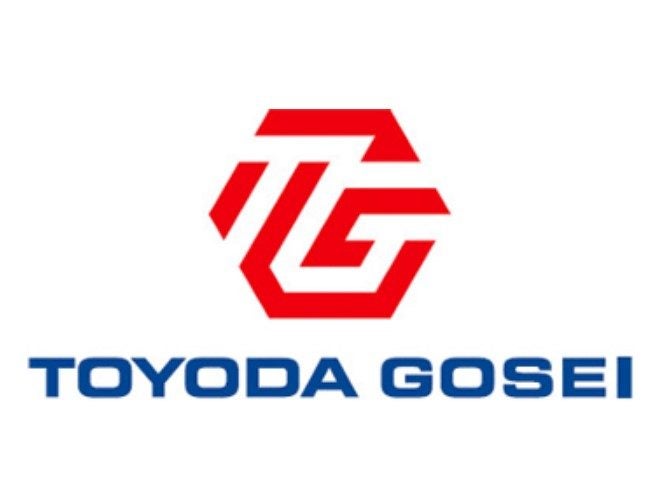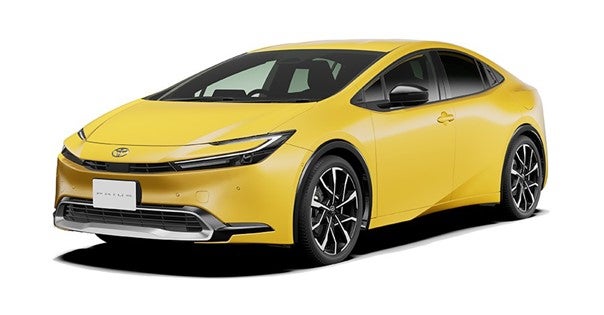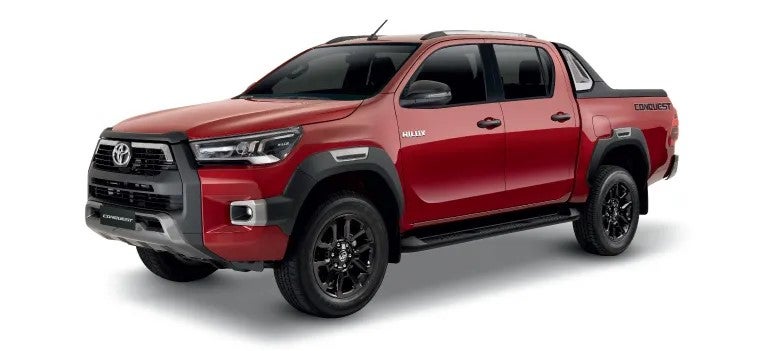As General Motors and Toyota vowed to continue to co-operate and run a small-vehicle building venture in California to share ideas in manufacturing and other aspects of the business, Reuters said that reasons for the existence of 20-year-old New United Motor Manufacturing in Fremont were becoming less clear.
The report said both companies have more or less fulfilled their initial objectives in forming the joint venture, with GM absorbing the secrets of Toyota’s lean manufacturing to improve vehicle quality at its own plants in North America and Toyota learning from GM how to run manufacturing facilities on US soil.
The venture’s president and chief executive, Yuki Azuma, reportedly said the plant was fighting to quell one of the worst spells of quality problems in its history over the past two years, particularly with the Pontiac Vibe, a small hatchback derived from Toyota’s Corolla car. The plant began producing the redesigned Corolla for Toyota and the Vibe for GM to sell in the US in 2002 and shipped 74,223 Vibes to GM last year.
“We have been trying to improve quality [of the Vibe], but efforts have fallen short of meeting GM’s expectations,” Azuma, a Toyota executive, told Reuters.
At one point during the second quarter of 2002 after launching the Vibe, the venture had to park nearly 1,000 cars inside the plant and in parking lots outside for a few days while its workers tried to fix assembly mistakes.
How well do you really know your competitors?
Access the most comprehensive Company Profiles on the market, powered by GlobalData. Save hours of research. Gain competitive edge.

Thank you!
Your download email will arrive shortly
Not ready to buy yet? Download a free sample
We are confident about the unique quality of our Company Profiles. However, we want you to make the most beneficial decision for your business, so we offer a free sample that you can download by submitting the below form
By GlobalDataAccording to the report, Azuma declined to be more specific about what stalled production at the plant then, but noted the car has had fit-and-finish problems involving the vehicle’s body panels, which he said have often become a source of customer complaints about noise.
A person familiar with the venture’s operations recently said the Vibe was one of the worst-quality vehicles in the Pontiac product lineup – a cause of concern at GM, according to that individual, Reuters said.
The venture, which produced 395,000 vehicles last year, makes the Toyota Tacoma, a compact pickup truck, in addition to the Corolla and the Vibe.
Azuma, who last year replaced Kanji Ishii of Toyota as the plant’s top manager, told Reuters the venture has been fairly erratic in its ability to make a profit, having lost money on average once every three years in large part because of a costly changeover of manufacturing tools to launch a new or redesigned model.
He also attributed the plant’s inability to make money more consistently to the high costs of doing business in California that stem from steeper labour rates, energy expenses and taxes, among other factors.
According to Reuters, Azuma said vehicle quality has improved vastly since early 2002 as a result of joint efforts by GM and Toyota to remedy the problem. The improved quality, coupled with efficiency gains the plant has made in the recent past, should allow the venture to make money more consistently and pay dividends for the first time ever to GM and Toyota in three to four years, he reportedly noted. The venture reported operating profits in 2003, Azuma said, without elaborating further.
Reuters said that when GM and Toyota began the venture 20 years ago, the world’s biggest car maker sought to learn from “a real-time example” of Toyota’s efficient lean-manufacturing system, while Toyota through the effort looked to see whether its Japan-bred manufacturing methods could be transplanted to the US.
Today, GM claims it has improved its manufacturing process so much so that it is ready to share some of its own “best practices” in car-building with Toyota, GM’s chairman and chief executive, Rick Wagoner, reportedly told a press conference last week.
Toyota, meanwhile, has become a major automotive-manufacturing force in North America over the past two decades, operating four assembly plants in North America in addition to the joint venture. Its sixth plant is due to commence production of a full-size pickup truck in San Antonio in 2006.
According to Reuters, some observers say Toyota and GM are growing out of the venture, but both carmakers stressed repeatedly last week that they are committed to keep their partnership.
Wagoner reportedly said one key reason why GM is interested in continuing its relationship with Toyota is because of a vehicle like the Pontiac Vibe, a Toyota-designed car, that GM has been able to buy from the plant without making a costly investment in developing a vehicle on its own. The Vibe is one of Pontiac’s best-selling models.
According to Reuters, Azuma said the venture was worthwhile even after 20 years because manufacturing technology evolves constantly and NUMMI allows both companies to help hone their production processes through sharing ideas and working on the same assembly line together. He also said the venture continues to allow Toyota to learn from GM in how to deal and work with unionised American workers.







